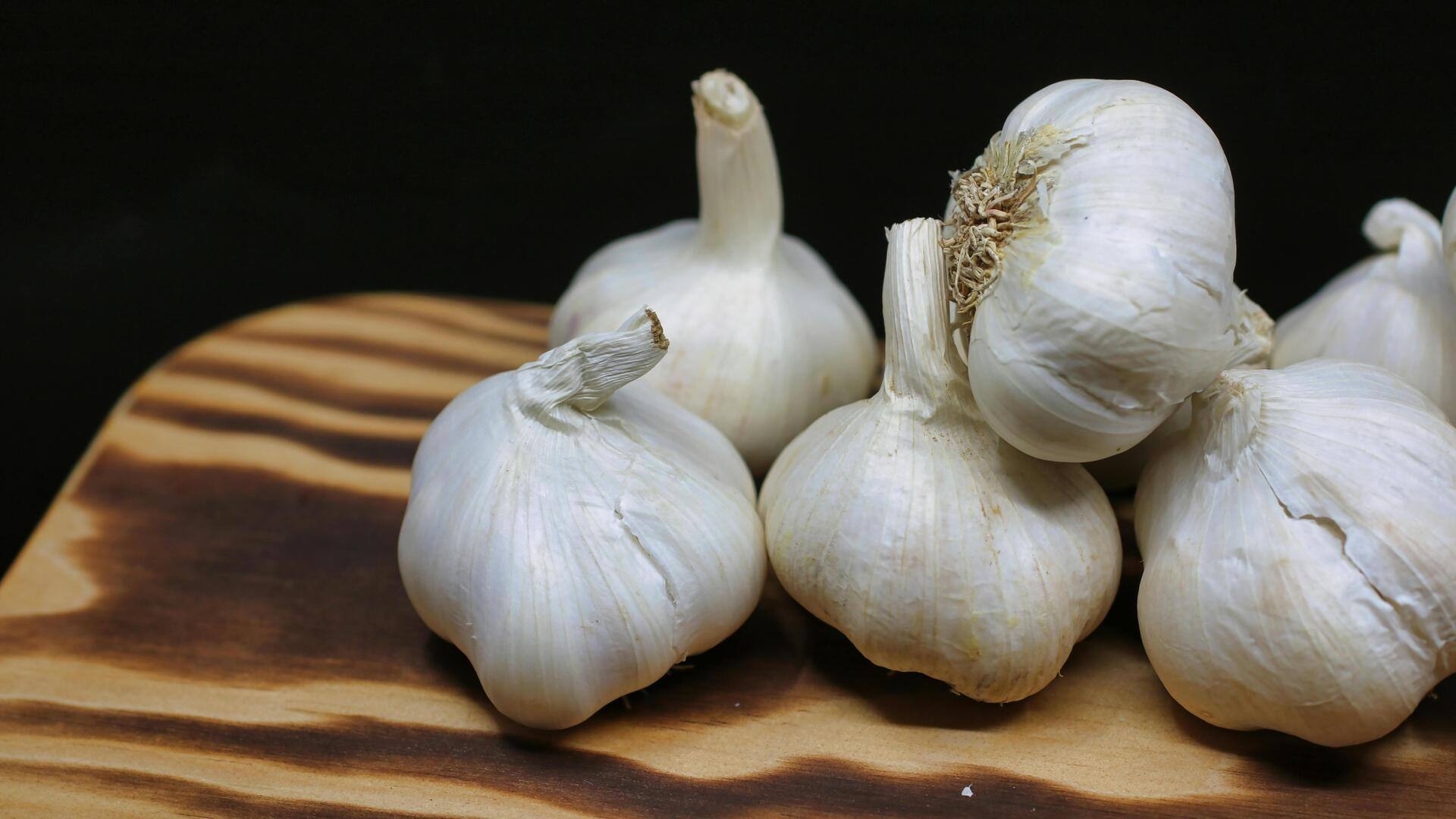
Grow your own garlic indoors without a backyard
What's the story
Growing garlic indoors is a rewarding activity that can be done in limited space. With some basic supplies and a little care, you can enjoy fresh garlic all year round. This guide provides practical tips on how to grow garlic indoors, focusing on essential steps and considerations. Whether you're a beginner or looking to refine your skills, these insights will help you cultivate healthy garlic plants in your home.
#1
Choosing the right garlic variety
Selecting the right variety of garlic is critical for indoor cultivation. Hardneck varieties are generally recommended for cooler climates, while softneck types do better in warmer conditions. Softneck garlic is more suited for indoor growth as it doesn't require cold stratification. Visit local nurseries or trusted online sources to find varieties that suit your indoor environment.
#2
Preparing containers and soil
The choice of containers and soil is important for growing garlic indoors. Use pots with drainage holes to avoid waterlogging. A well-draining potting mix enriched with organic matter will provide the nutrients garlic needs to thrive. Fill each container with soil, leaving an inch from the top, so that water doesn't overflow when watering.
#3
Planting garlic cloves correctly
Planting garlic cloves correctly is key to successful growth. Separate individual cloves from a bulb, making sure they are healthy and disease-free. Plant each clove upright about two inches deep into the soil, leaving space between them for growth. Water lightly after planting to settle the soil around the cloves.
#4
Providing adequate light and water
Garlic needs plenty of light to grow indoors, so place your containers near a south-facing window, or use grow lights if natural light is insufficient. Water regularly but avoid overwatering; keep the soil moist but not soggy by checking moisture levels frequently.
#5
Monitoring growth and harvesting tips
Keep an eye on your garlic plants as they grow indoors, watching for signs of pests or diseases such as yellowing leaves or moldy spots on the bulbs. These symptoms may indicate problems that require immediate attention, using appropriate measures like neem oil sprays against aphids and other pests. Harvest when foliage turns brown, indicating maturity, usually within eight months, depending on the variety chosen and conditions provided throughout the process.